Materials Research

We are using state-of-the-art imaging, spectroscopy and diffraction based electron microscopy techniques, both in-situ and ex-situ, to understand materials and provide a link to simulations. When state-of-the-art techniques do not provide sufficient answers, we tackle research problems by dedicated method developments.
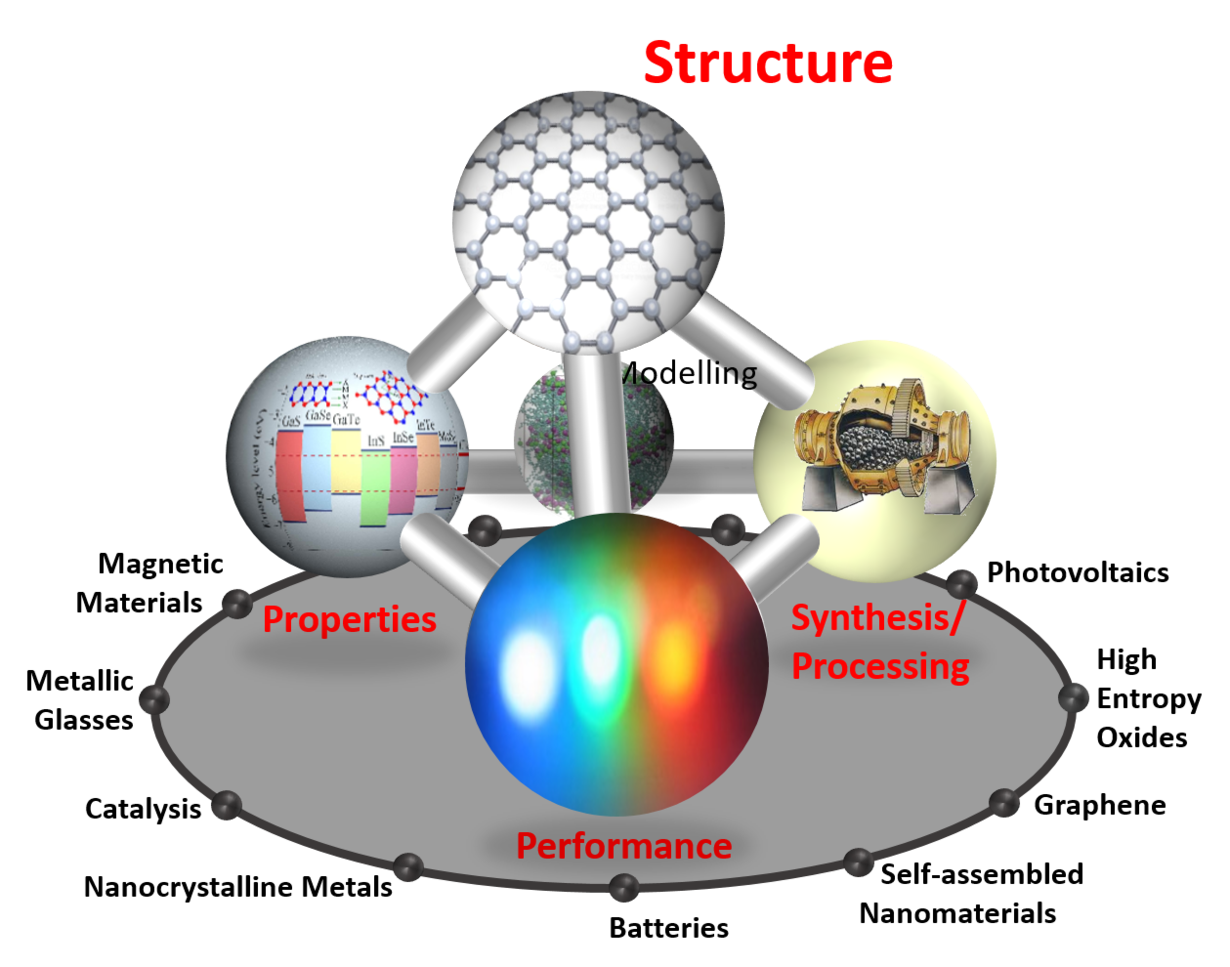
Among various storage strategies, metal hydrides offer high volumetric hydrogen density and favorable reversibility, making them promising candidates for solid-state hydrogen storage. However, their performance is strongly governed by atomic-scale processes such as hydrogen diffusion, defect evolution, and phase transformation, which are still not fully understood.
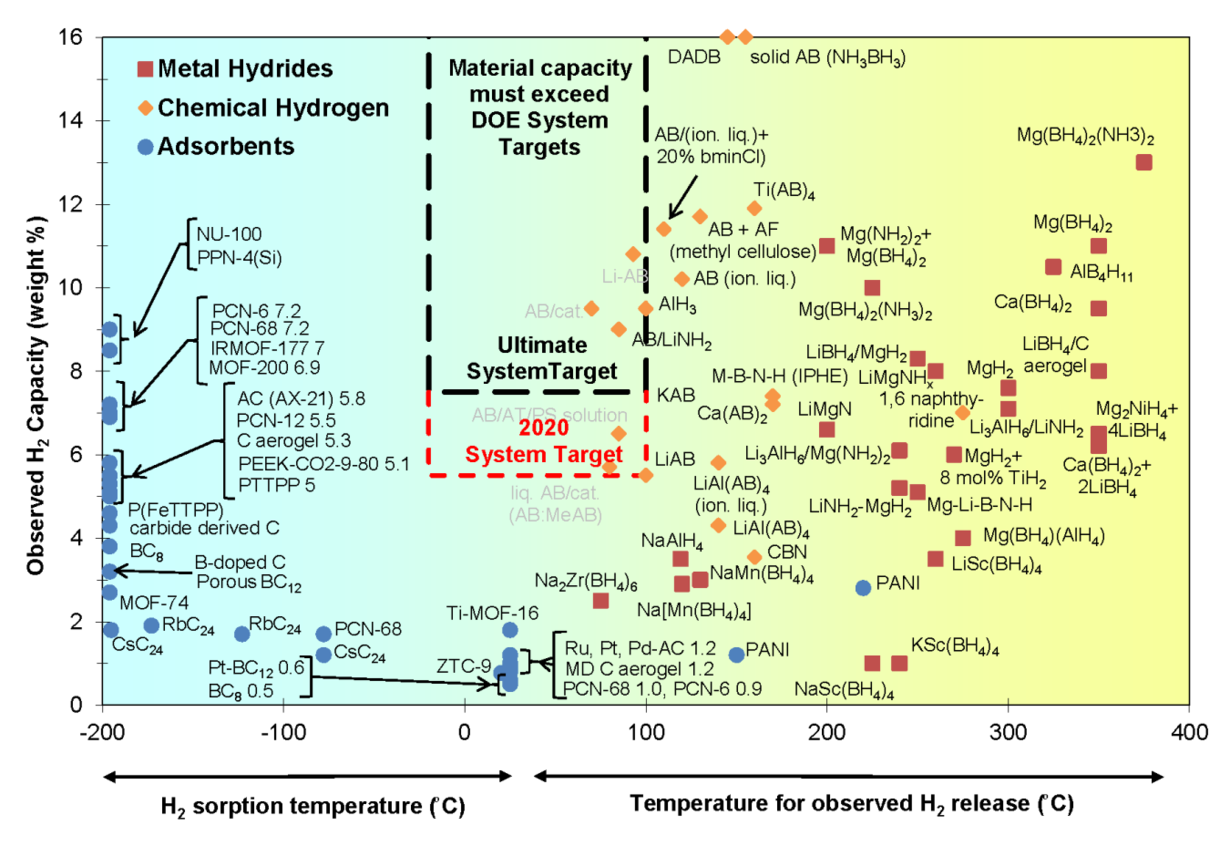
Analytical (S)TEM and diffraction techniques are in principle well established, but when it comes to characterizing beam sensitive materials, their structure and defects, especially under in-situ conditions, obtaining meaningful structural information to understand their performance is highly challenging. We are tackeling this using selected samples, dedicated prepration and low-dose techniques.
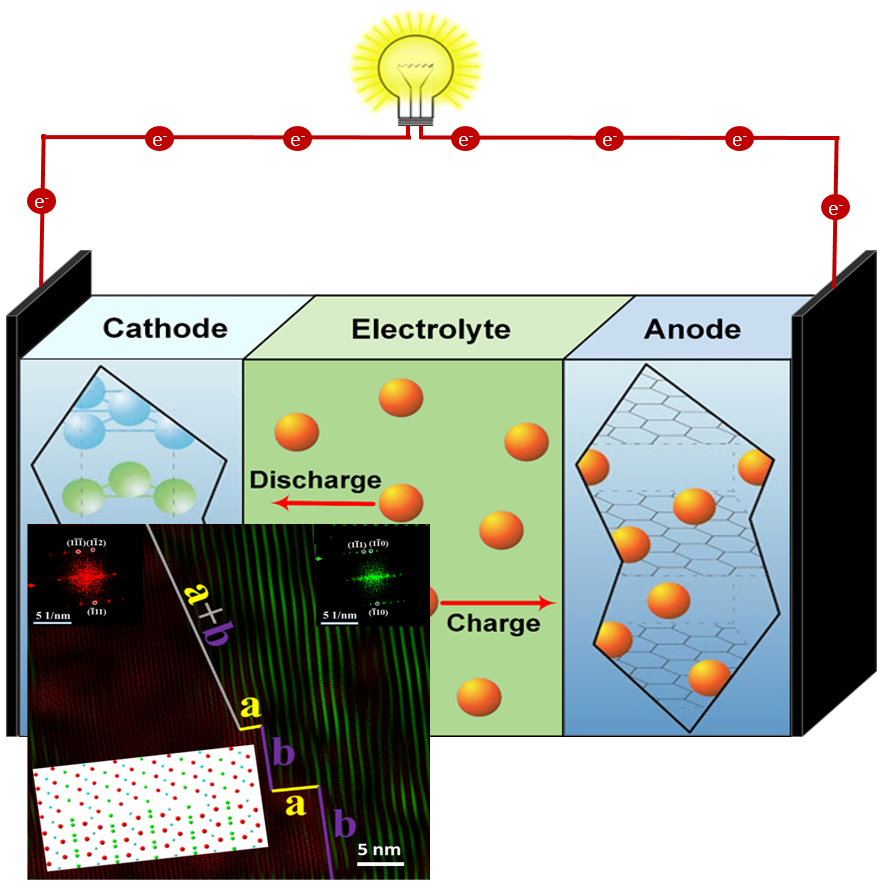
We are addressing structure, composition and morpology from the atomic scale to the micron scale, both in-situ and ex-situ, to better understand the active sites involved in catalytic reactions, their evolution over time as well as diffusion and flow properties of the overall catalyic system.
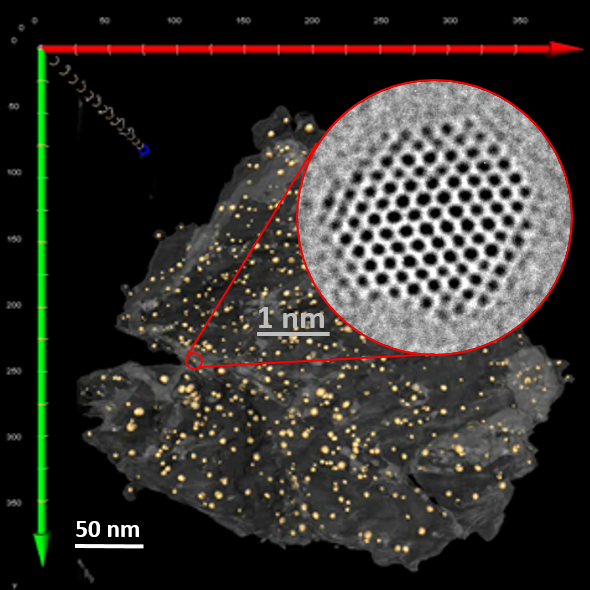
Atomic structure of the active catalytic center
Metal-Support Interaction
Nano and micro scale morphology
linkAdvanced analytical TEM characterization is used to determine the crystal structure and elemental distribution at atomic resolution as well as electronic structure for each cation.
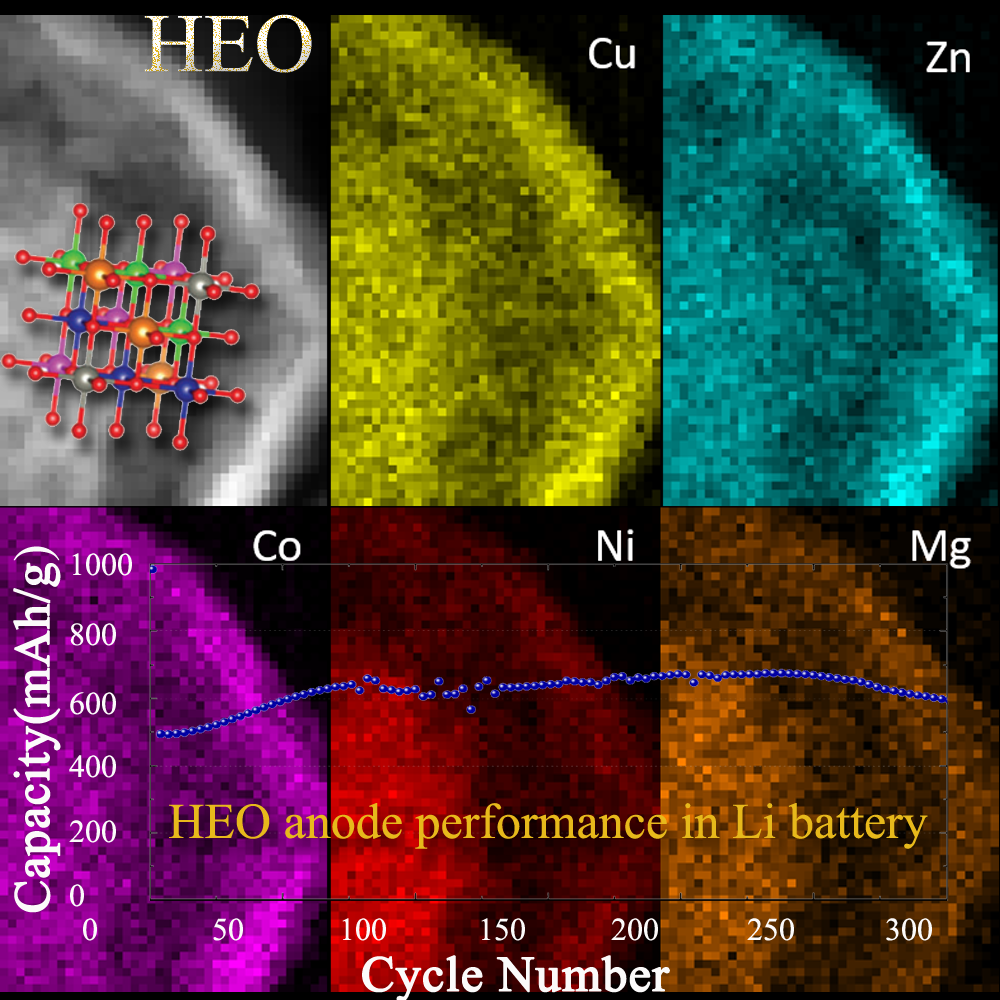
The interface structure and chemistry are characterized by HRTEM, HR-STEM and STEM-EDX/EELS spectrum imaging. In addition, the magnetic and ferroelectric domains can be imaged using 4D-STEM techniques.
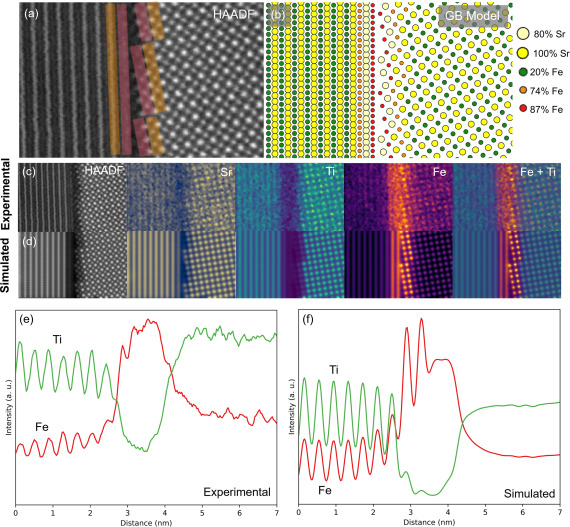
Nanostructured metallic glass–composites (i.e. nanoglasses), consisting of multiple amorphous phases at the nanoscale, exhibit not only significantly improved ductility compared to their monolithic BMG counterparts, but also with exceptional physical, e.g. magnetic, properties. The unique behavior of nanoglasses is speculated to be due to the nanoscale (structural/chemical) phase separation and related changes in atomic short-range order. A clear correlation of the properties with the multiphase glassy structure is an essential task to understand and rationalize their applications.

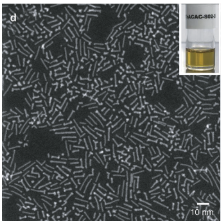
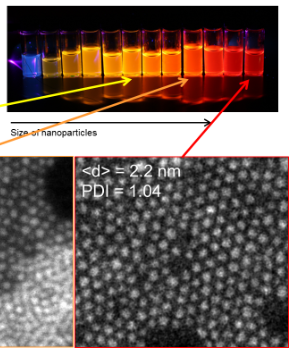

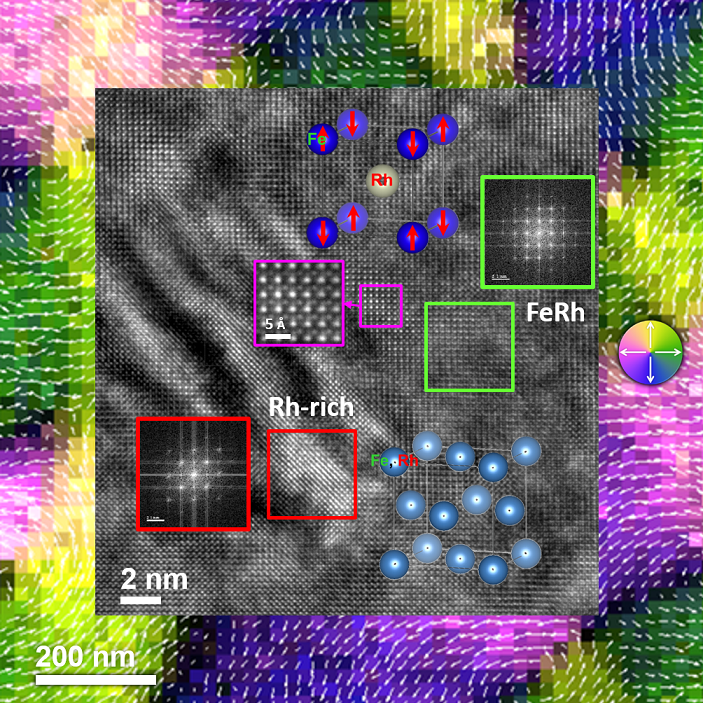

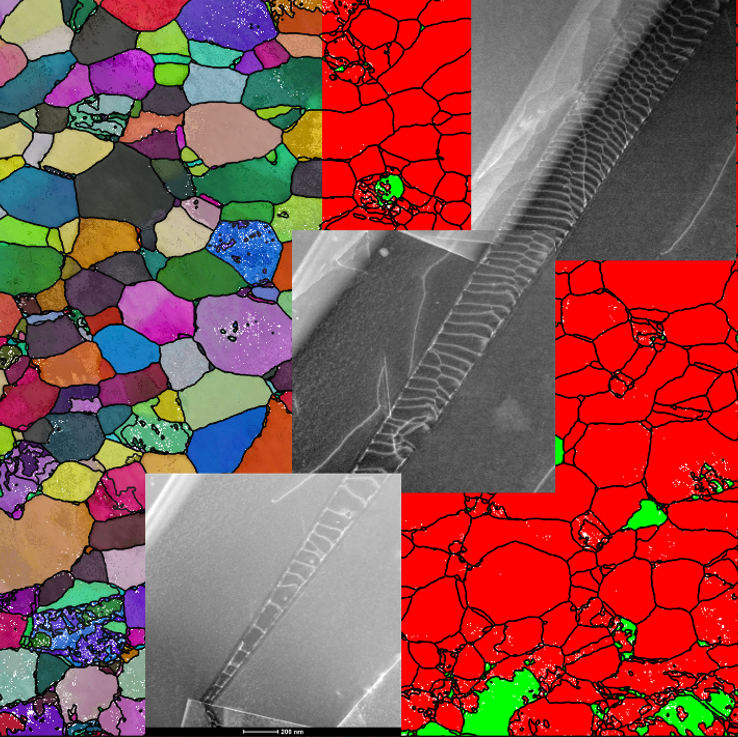
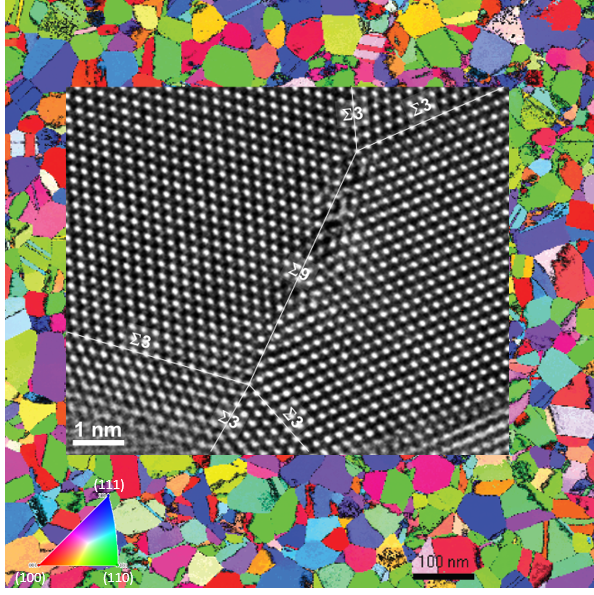
Quantitative structural description of nanocrystalline metals
Mechanical deformation
Thermal evolution
link
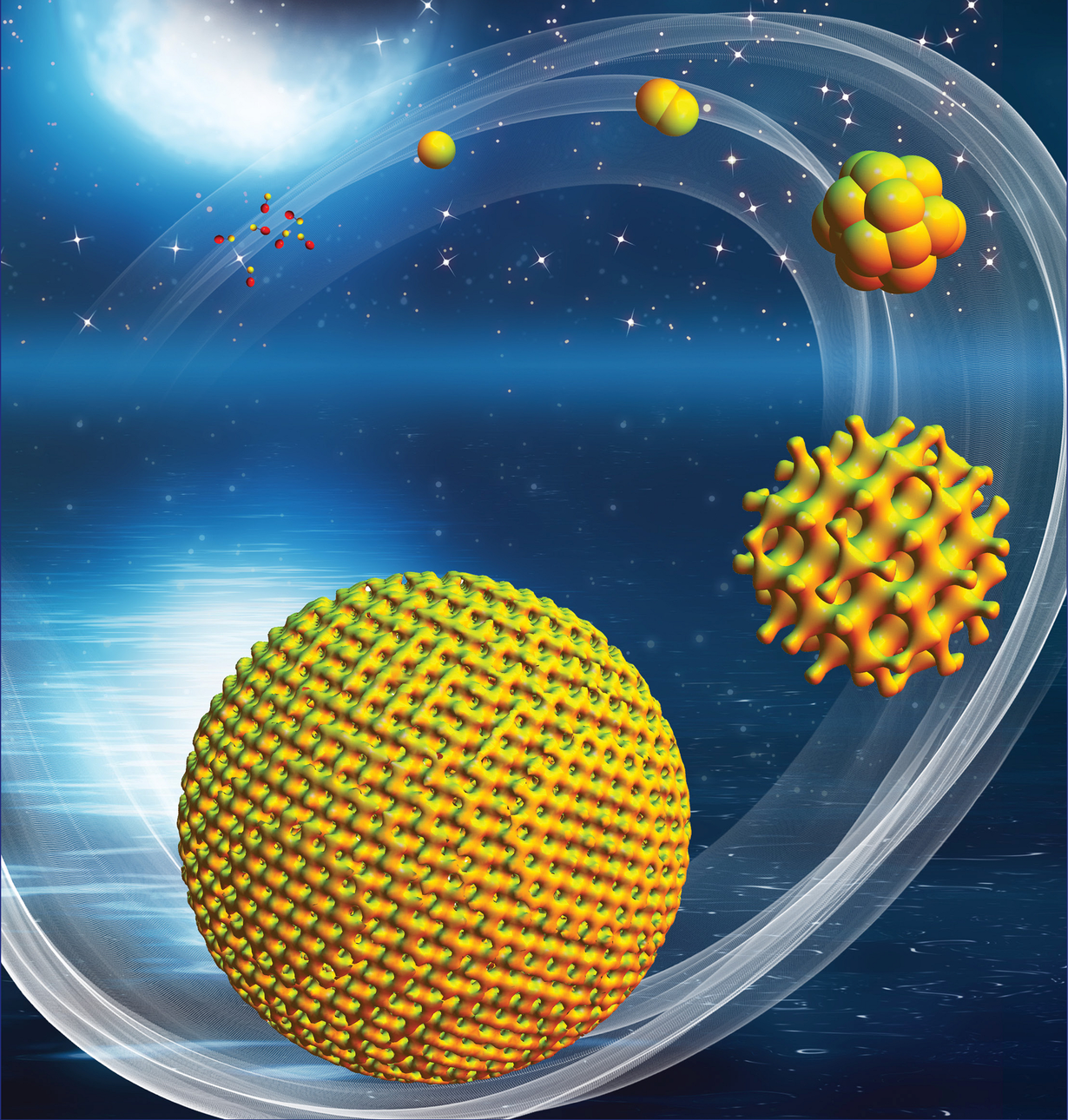
Low-dose TEM & electron tomography characterization of complex hybrid materials.
link
